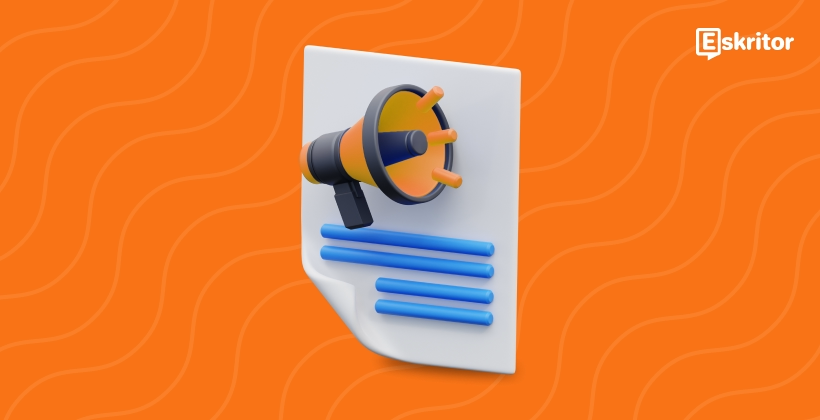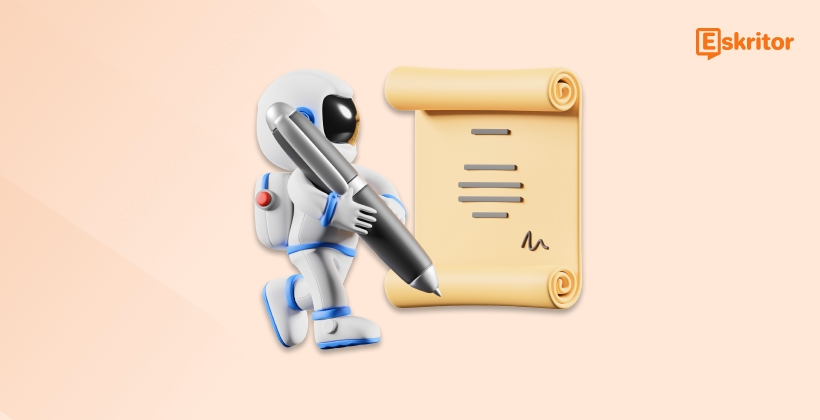The Future of AI Writing Technology Explained
The Future of AI Writing Technology Explained
Blog Article
AI Editing Features That Improve Your Writing Workflow
As artificial intelligence (AI) evolves, it remains to revolutionize how we approach modern modifying practices. From syntax correction resources to advanced material generation programs, ai grammar checker is reshaping just how authors, writers, and makers improve their work. That website considers the role AI plays in contemporary editing and the affect it's across industries.

AI-Powered Methods Leading the Charge
AI-powered tools have become an fundamental part of modifying workflows. Software fueled by natural language handling (NLP) and device learning may do tasks like grammar checks, stylistic recommendations, and phrase restructuring with amazing pace and accuracy.
For example, AI-based grammar checkers can identify mistakes that the eye may possibly neglect, such as for instance subject-verb agreement problems or misplaced modifiers. Similarly, style enhancements developed by AI ensure that tone and movement arrange with the supposed audience, which is priceless for qualified editors.
These instruments are not only limited by traditional grammar corrections. They are capable of improving readability, transforming passive style to effective style, and also paraphrasing entire paragraphs without adjusting the meaning.
Effectiveness Meets Time Savings
Reports show that the usage of AI methods may minimize modifying time by around 30%. As opposed to poring around every sentence physically, publishers can emphasis their attempts on creative and strategic aspects of content. This shift enables specialists to control higher sizes of text in faster intervals, which can be especially valuable for industries like writing and digital marketing.
Additionally, predictive AI characteristics may spotlight continuing problems, supporting writers improve their abilities around time. For agencies, this equals fewer assets spent on changes and more refined outputs from the start.
Enhancing Accessibility and Globalization
AI's role in modern editing extends beyond efficiency. Sophisticated translation and localization tools let designers to adjust material effortlessly for global readers, deteriorating language barriers with precision. That engineering ensures that the exact same meaning can resonate with cultures worldwide while maintaining their authenticity.
AI also raises inclusivity standards by improving supply in content. Like, formulas may recognize potentially non-inclusive language and recommend alternatives. That capacity allows writers to improve writing so it resonates with diverse audiences.

Impressive a Stability Between AI and Individual Creativity
While AI excels in speed and reliability, it does not replace human editors. Products usually lack the capability to read nuance, emotion, or ethnic context fully. The best process mixes AI's effectiveness with individual creativity and insight, leading to truly exceptional work.
By leveraging these technologies in modern modifying practices, makers and editors likewise can make high-quality content that aligns with the fast-paced needs of today's digital world. AI may be the future of editing, but the human feel will be essential for storytelling and connection. Report this page